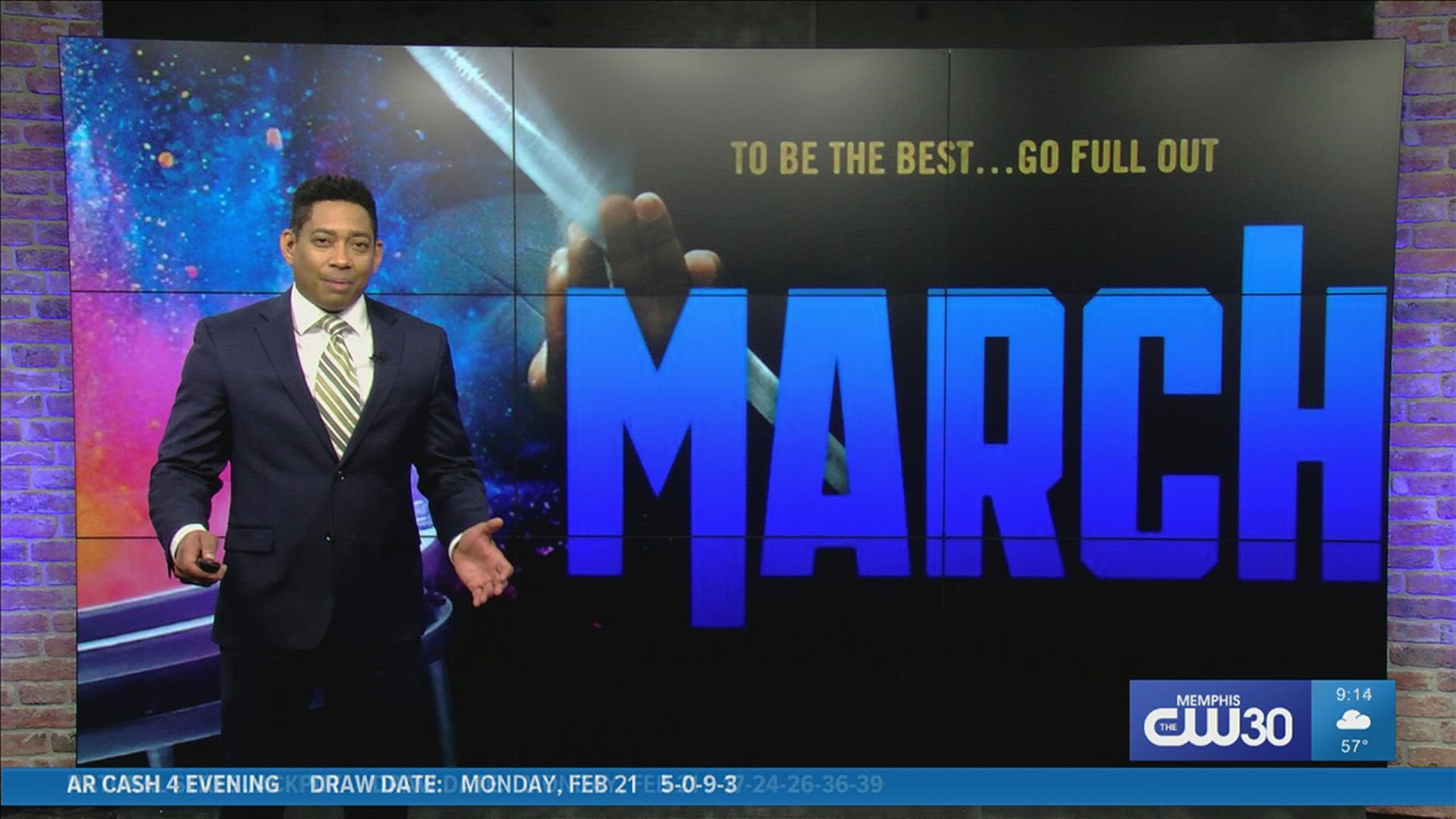MEMPHIS, Tenn. — CW's new docuseries, "March" gets real with a behind-the-scenes look at what it takes to be one of the best HBCU marching bands in the land.
The place is Texas' Prairie View A&M University and the subject, the "Marching Storm" and the stars of the show are students and directors who make up the band.
Cameras capture the daily rehearsals starting before the sun comes up and ending well after it goes down.
On open display is the dedication of musicians, dancers, and flag team as they show up day after day bearing ideas, talents, and creativity all contributing to their marching band's flare.
As you can imagine, there are differences that arise amongst students that threaten their participation in the band.
If they are suspended, viewers get to see the process of them working out their situation and petitioning for reinstatement to the marching band.
Dedication, perseverance, and passion are all, but part of the recipe that adds to the dazzle of an HBCU marching band.
Each summer, students walk into band halls across the country and become part of time-honored traditions.
For Jasma Jackson, it was Jackson State University in the mid-2000s.
She says the demands required of the world-renowned Prancing J-Settes was working it.
"When I think back on it I had a pretty amazing experience in college. I like did everything I wanted to do and dancing wasn't the top priority, but it ended up being the most important," said Jackson
Up until the 1970's, JSU's Sonic Boom of the South featured majorettes like most marching bands.
That was until those majorettes asked the school's president's permission to put away the batons and simply dance.
That started the trend of HBCU dance lines.
It's a phenomena that's brought a certain celebrity to the dancers collectively and individually far beyond just being a student.
"I don't even think we're thinking the celebrity part, but school is one thing, going to class, getting up then after school, maybe trying to squeeze in a nap or do your work, whichever one." said Jackson.
Jackson explains making the dance line is one thing. Making the weekly cut for performances is another.
"That was stressful. It was very stressful every week, but I managed to make it through, but it was tough," said Jackson.
Prairie View A&M Marching Storm trombonist, Maurice Watkins of Memphis, says there can be similar pressures for band musicians.
"You don't know your music or your section leader makes you play this by yourself and you can't play it they have the right to take you off the field," said Watkins.
Roderick Richmond, a Tennessee State University alumni, is a former drum major in the aristocrats of bands.
He says the performances of these bands start well before the first class of the school term with a summer band camp and in Nashville that means extreme heat.
"The first week was extremely grueling. We had to be up about 5:30 to be on the field by around 6:30 in the morning. (jump to) You'd go back to the cafeteria, eat again. You eat lunch then you go practice again. We normally have 4 practices throughout the day," said Richmond.
Looking back on it, Richmond said it was his band experience that propelled him through his college days at TSU.
"I was motivated to want to continue to be at TSU by the band and being in the band. As some people call it, it was the excellent hook for me. It was something I could attach myself to. something I was really interested in about the college and university," said Richmond.

